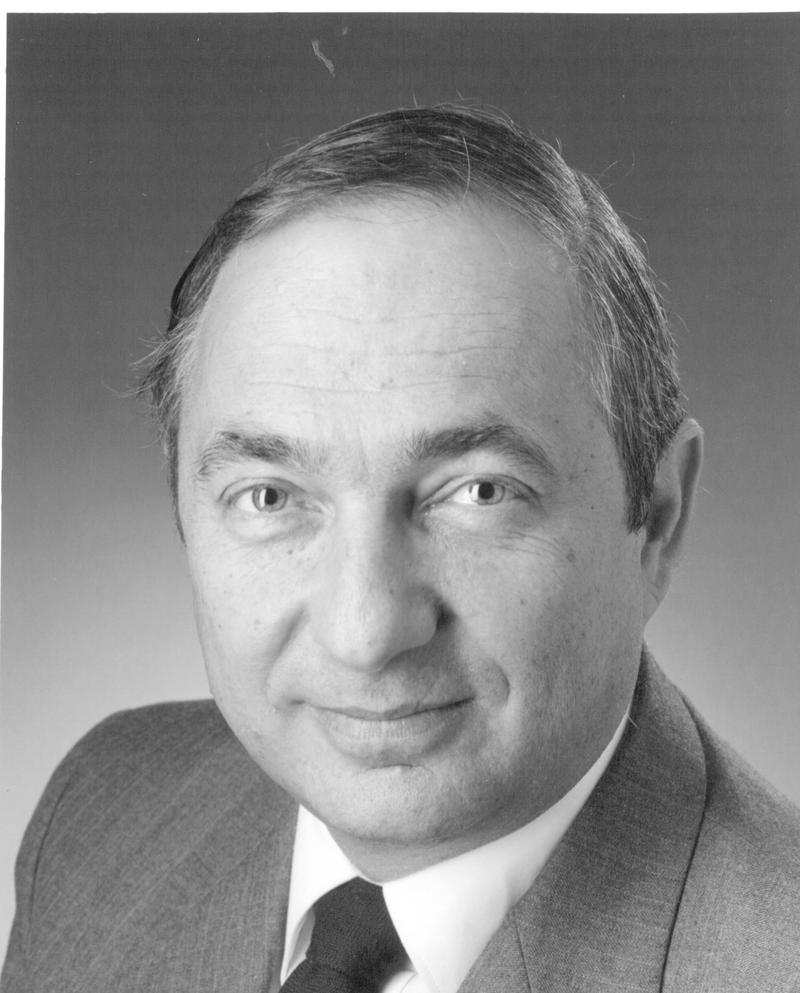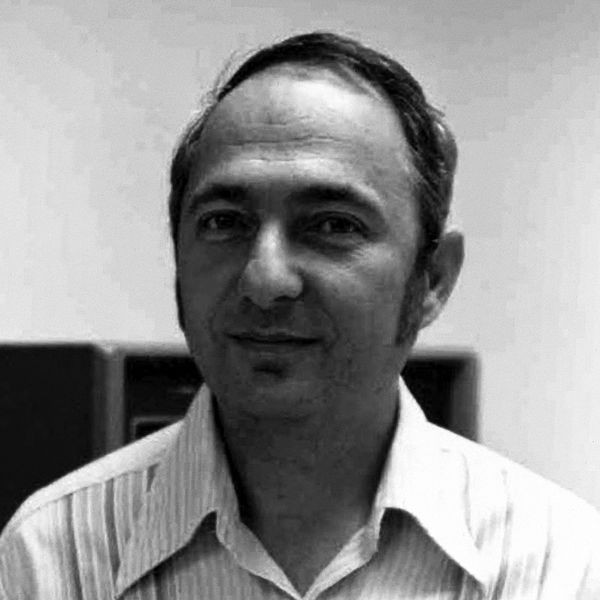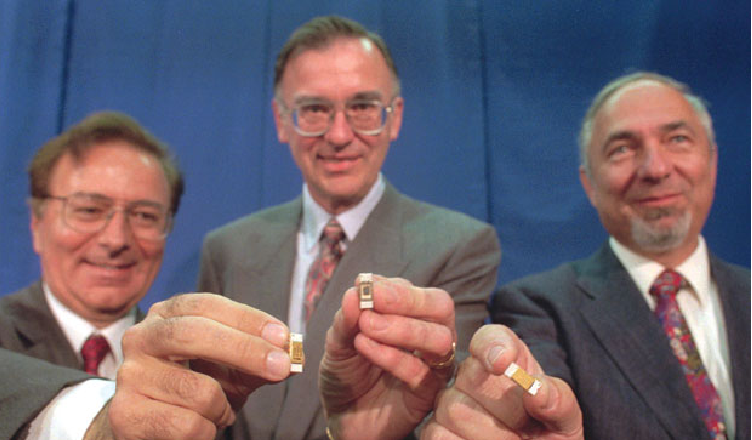Stan Mazor, most famously known as one of the team members on the original Intel 4004 microprocessor, has shared with us some words about his experiences with games before they became mainstream. Mr. Mazor had a long involvement with video games and was also the initiator of Intel’s involvement in the Odyssey 2 project at Magnavox. Here Mr. Mazor describes what games meant for his own computer education as well as his involvement with one of the first microprocessor video games.

“My professor in college in 1962: We ‘must not use computers to play games, as it is a million dollar machine, and people will get the wrong idea about how a machine should be used.’
“5 years later I was busy in a million dollar market of using computers for gaming.
“About every 2 years there was the annual Fall Joint Computer Conference held in Las Vegas. (AFIPS). I attended several times, and as I recall in 1964, there was a demonstration of a DEC PDP-1 with an amazing Spacewar game on a large CRT. This was a wonderful introduction to graphic games. That particular game became the basis of a popular video game many years later, two space ships shooting at each other under gravity of a central planet. I think it was seeing this game, at that point in my life that excited me about the possibility of games on computers. Prior to that time, games used a terminal (teletype or typewriter) to play either tic-tac-toe, battleship, or other simple games with no graphics.

“One of my last projects in school was to code a solution (exhaustive search) of a 12 piece (pentominoes) called Hexed. There are 2,339 solutions as I best recall, and the computer’s job was to manipulate a representation of the puzzle pieces, find solutions and print them on a printer. So this was my introduction to modelling 2-dimensional objects in the plane. So that was the basis of my personal interest in video games, after my instructor said we shouldn’t use computers to play games.
“Ted Hoff and I mentioned to our boss(es) the idea of using the [Intel] 4004 to manipulate objects on a TV screen, and management thought that was a stupid idea: ‘Who would ever want to play a game on TV set?’

“I worked for Ted Hoff for 5+ years and he is a brilliant person with many patents and key ideas shaped our industry. Our department was called Applications Research, and in general it was to apply semiconductor technology to solve worthy customer problems and applications. Ted had a number of successful projects and some just scratched the surface of the topic. He took a RAM chip and used it to take a picture, as an example and predecessor of camera chips. He built several demonstration systems using the microcomputer: One was the EPROM programmer that became a product. Two was a CPU board that helped Intel get into the system business.
“Three, the MCS-4 system using conventional EPROMs rather than mask programmed ROMs for the 4001. That was a system with a TV interface done by my companion engineer working for Ted (name: Glenn Louie) that was to demonstrate a TV game. Many other projects, that management rejected… including a hand held calculator and certainly video games.”






